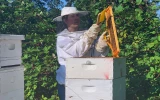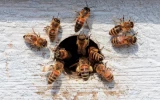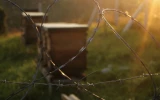What To Do With Old Honeycomb & Brood? (5 Surprising Uses)
Some beekeepers melt down their old comb and extract the beeswax. But there are more uses for black comb that are less well-known, and even for old brood.
Old honeycomb and brood can be melted using a solar wax melter or a wax steamer. The filtered wax can then be turned into candles, balms, wood treatments, leather polish, crayons, and more. Old combs can also be used for swarm traps, fire starters, and compost. Honeycomb can be reused by the hive after you clean it.
In the hive, the bees create hexagonal comb cells out of wax produced by their glands. Worker bees build these combs, where they store honey, bee pollen, and brood. Over time, these combs become dark and worn.
Summary
- Beekeepers can repurpose an old honeycomb to get a head start on the following honey harvest season.
- To reuse old combs, you have to melt and refine them in order to obtain beeswax.
- Beeswax is an ingredient in cosmetics and other personal care products.
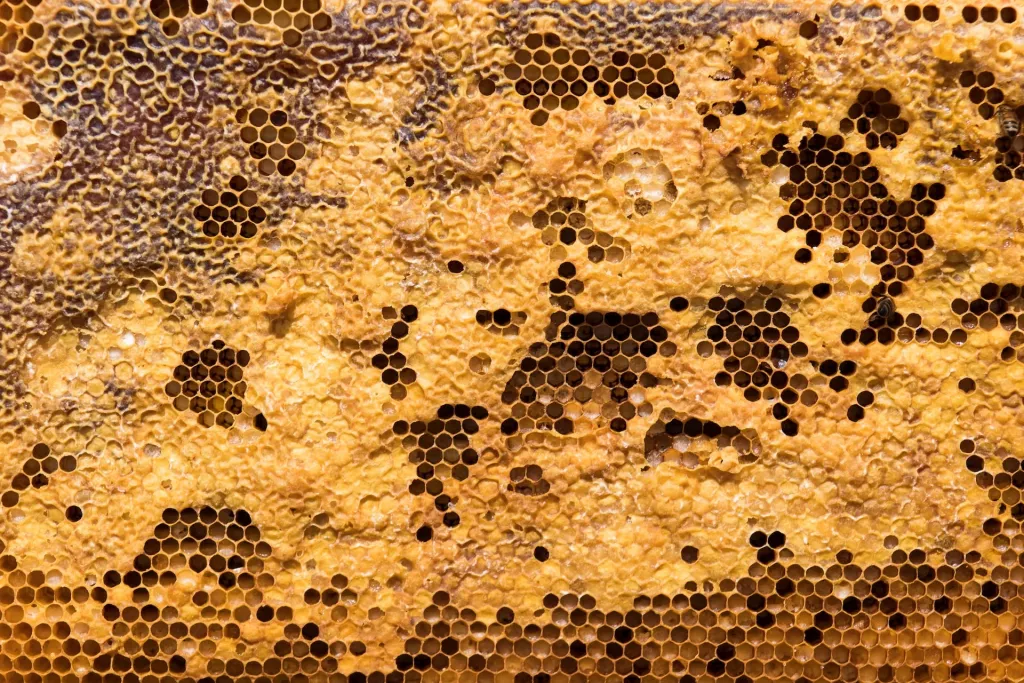
On this page:
What To Do With Old Honeycomb
You can clean old honeycomb and return it to the hive for the bees to use. To clean your dark comb, you can use either a solar wax melter or a wax steamer. But beekeepers are more open to using the former because it saves more time and electricity.
To make a solar wax melter, you need a styrofoam cooler, an aluminum pan, hardware cloth or basket, a piece of glass or plexiglass, and an old cleaned hive frame. You can construct a solar wax melter in only five to ten minutes.
The way it works is you add the old comb to it, the wax melts and sinks to the bottom, while the propolis casings remain on top in your basket. And within a few hours, it can already make a small chunk of gorgeous, golden beeswax. Your wax turns out a lovely yellow/orange or golden brown color because it doesn't mix with the propolis.
The only circumstance in which a solar wax melter is not the ideal choice for your old dark comb is if you live in a region with minimal sunlight. It takes time for the dark comb to melt. In order to fully heat up the box to the temperature required to melt the wax, the melter requires sun for at least 4 straight hours. Your melter is useless without this.
The best usage for an old black honeycomb is as a trap to entice bee swarms. Scout bees are attracted to the aroma of this old wax. You really haven't lost anything if wax moths eat through the frame.
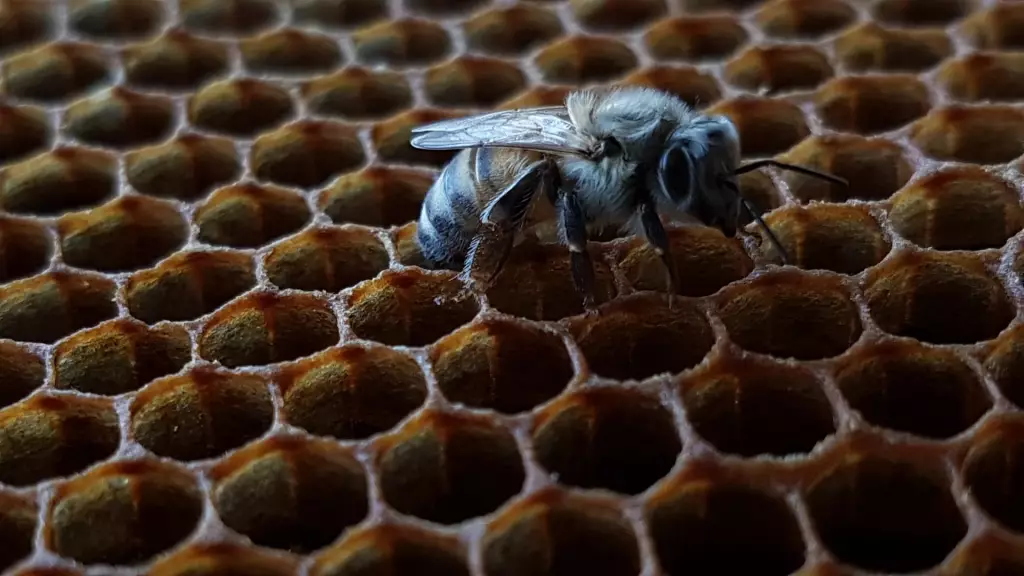
The frames can be left out in the open if the hive from which they came is free of illness. The nectar will be robbed by your bees, but not the pollen.
If the hive had perished from Nosema or a brood sickness, either burn it or throw it out, and keep the frames away from beehives. Place the old boxes out of sight of bees and at least 200 yards away from any healthy hives.
What To Do With Old Brood Comb
Wax cells get smaller as combs get older and are used and reused by bees to raise brood. Bees raised in old comb are a little bit smaller and less productive.
While some beekeepers rotate out drawn frames every few years, others retain their combs for decades. To be safe, rotate out brood combs every three to four years. This gives the bees a chance to produce new, clean wax.
When the comb in the hive is really dark, give your bee colonies a few fresh frames to work on to keep them healthier and more productive.
You can keep reusing an old dark comb as long as you ensure that it originated from a hive free of disease. Diseases like American Foul Brood (AFB) can persist in old woodwares for more than 40 years before reemerging when the new bees begin laying brood.
Old comb also contains pesticide residue from previous mite treatments, which is why the majority of beekeepers replace their comb every few years. All should be well if these come from a hive that had no treatment.
When determining whether to reuse frames, have a nice balance of practicality and paranoia. Almost everything is susceptible to contamination, but bees are intelligent and equipment is expensive.
To avoid guessing the age of frames by color, it is a good idea to label the tops of frames with the year they were introduced into the colony. Set a limit to how many times you may safely reuse brood combs, then rotate them out while introducing new foundation frames each time.
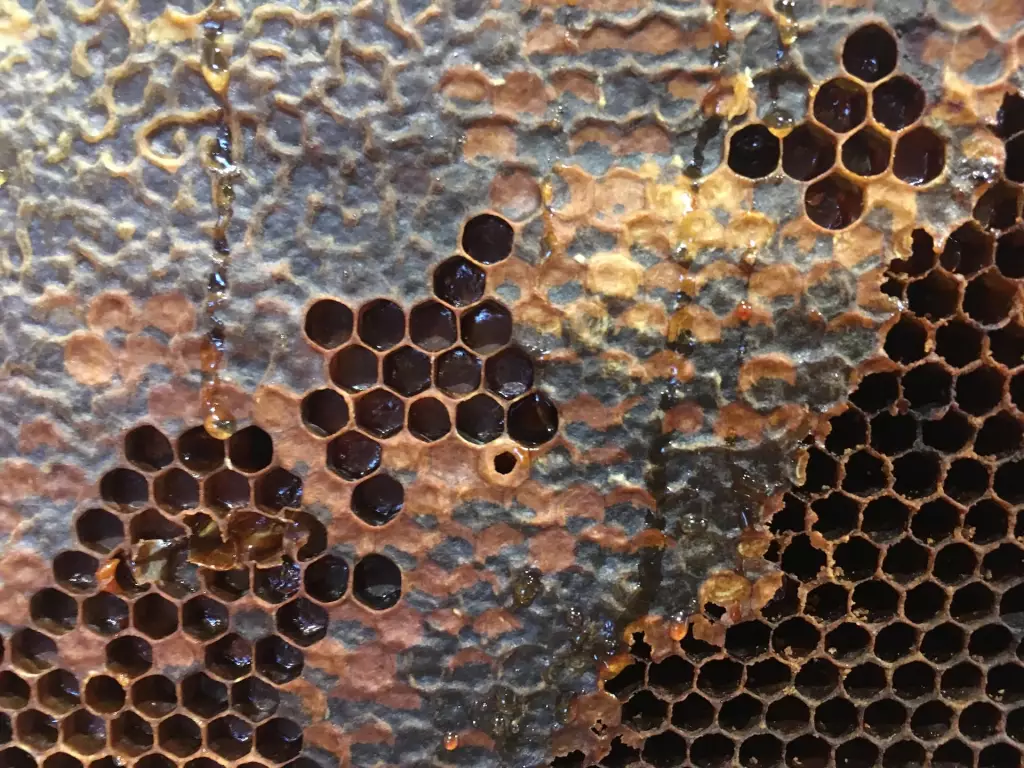
When the comb turns black, it can no longer be used for many purposes. The majority of the wax must be forced out of the cocoons, since they absorb the majority of it. You can melt it and turn it into usable products.
When a dark comb is melted, it has a foul smell, produces very little wax, and the wax is a dark brown color. It stinks quite badly, and you probably won't get much good wax. Old brood comb does not produce beautiful wax since it is covered in stains, propolis, and pupal cocoons.
The color of the beeswax is not very significant in some crafts. Making and giving homemade fire starters is enjoyable, and wax color is not crucial. Used frames make fantastic campfire or fireplace starters. But use caution; it's somewhat similar to putting more diesel fuel on a fire.
While wax can be colored with pigments, using old dark comb is a good idea for tasks involving candles. For tasks like producing soy wax tarts or anything similar, you may select darker beeswax if you want to employ coloring chemicals.
Since the wax is typically considerably darker, you can use it to paint on plastic foundation and wax the starting strips for your foundationless frames.
How To Cull Old Brood Comb
Over time, your hive should cycle out old black comb. Some beekeepers give it two years and others five years in the brood chamber. Whichever, an old black comb needs to be replaced eventually.
The cells become smaller as a result of the built-up cocoons from all the bees, and eventually carry more diseases and chemicals. Wax moths are actually more interested in the cocoons than the wax. Yellow comb is not as popular with wax moths as black comb.
Most beekeepers preferred technique of properly disposing old dark comb is composting. If it is buried, you won't have wax moth larvae. Otherwise, the compost community will take care of them.
Turn Your Old Combs Into Usable Products
Honeycomb can be eaten, and used in personal care items, or left in its original state or melted to extract beeswax.
Beeswax found in honeycomb has been used for centuries. You can clean and render it for use in your personal care products due to its numerous skin-smoothing qualities.
Candles
Beeswax candles burn cleaner and more thoroughly than paraffin-based candles. They don't release toxins into the air. The honey comb is melted, the impurities are removed, and the wax is then poured into molds for sale. These candles may be readily made for safe use in any space of your home.
Leather polish or wood treatment
When the honey is extracted, the comb may be washed, pressed, or melted and formed into a block of beeswax. You can use it to polish leather items, like your favorite couch and a pair of leather boots to provide protection.
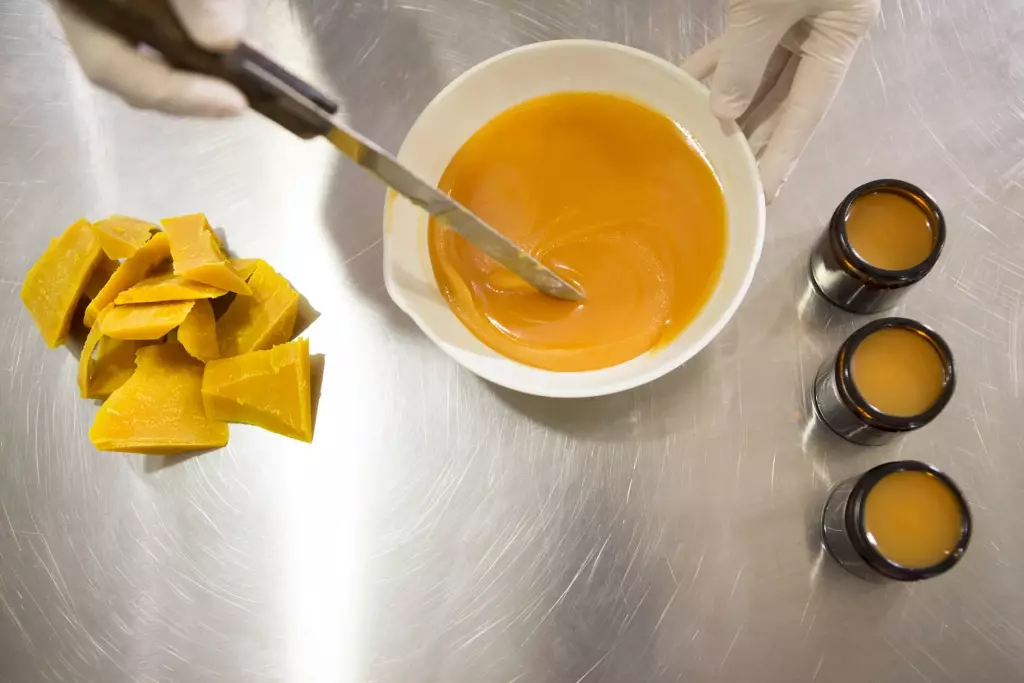
You may create a furniture polish that shines and takes care of wood furniture. Combine and mix beeswax, mineral oil, and olive oil before being poured into a tin. It can be used for maintenance, upkeep, and to brighten unfinished wood. When completely cool, it turns into a semi-solid product that can be applied as a final step in wood refinishing.
Balms and salves
You may create salves and balms that protect your skin and treat a variety of ailments with the beeswax. Balms are ideal for slathering on to prevent dry skin. Salves are better for treating conditions like sunburns and rashes.
Beeswax is a useful component in cosmetics. It softens skin, creates a layer of protection, and improves the effectiveness of sunscreens. Lipstick, face and body treatments, and cosmetics all contain beeswax as an ingredient.
Will bees clean old comb?
Bees keep cleaning and reusing old comb. The comb will be utilized continuously through the years and will eventually become thicker and nearly black.
To get rid of the old and make room for the new, replace two brood frames in each hive every season. Every time a bee pupates in the brood frames, a small layer of silk is left in the cell. Eventually, the cell will shrink even further, preventing the workers from growing to their full potential. Thus, it is the responsibility of the beekeeper to prevent this.
Every season, replace two frames in the brood chamber with foundation, so the bees can draw new comb. Cut the old comb out of the frames and replaced it with a new foundation ready to go back into a hive. Before installing the foundation, the frames need to be rewired. Replacing the existing comb is a labor-intensive but necessary task.
